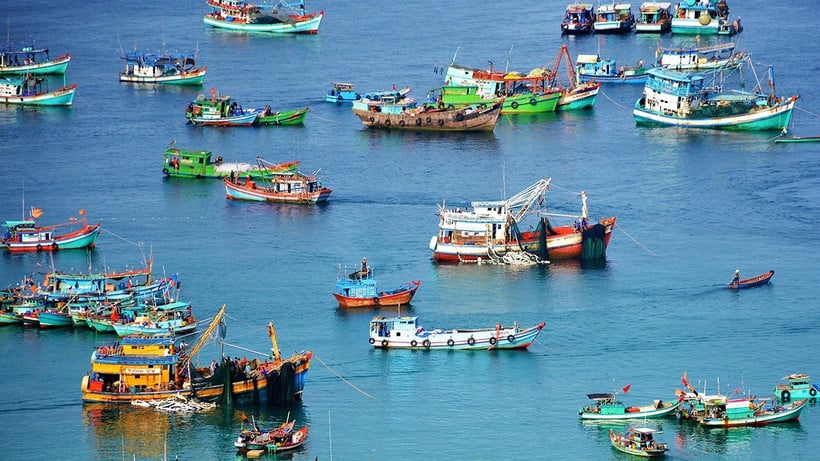
Vietnamese seafood enterprises: Keeping faith, facing the IUU challenge
During the first 8 months of 2025, Vietnam's seafood industry recorded significant growth: export turnover reached 7.34 billion USD, an increase of about 17% over the same period in 2024. In August alone, this figure reached 1.12 billion USD, an increase of approximately 14%, showing an improvement despite the international market being subject to many fluctuations.
In the structure of export products, shrimp is still the leading bird: reaching 2.97 billion USD, up nearly 23% over the same period. Next is tra fish with 1.42 billion USD, up nearly 10%. Meanwhile, tuna, with a value of 633 million USD, decreased slightly by about 2-3%, reflecting the difficulty in raw material sources and pressure from international regulations. The group of mollusks (squid, octopus, bivalves, seafood shells...) is a bright spot with an increase of more than 20%, reaching nearly 649 million USD.
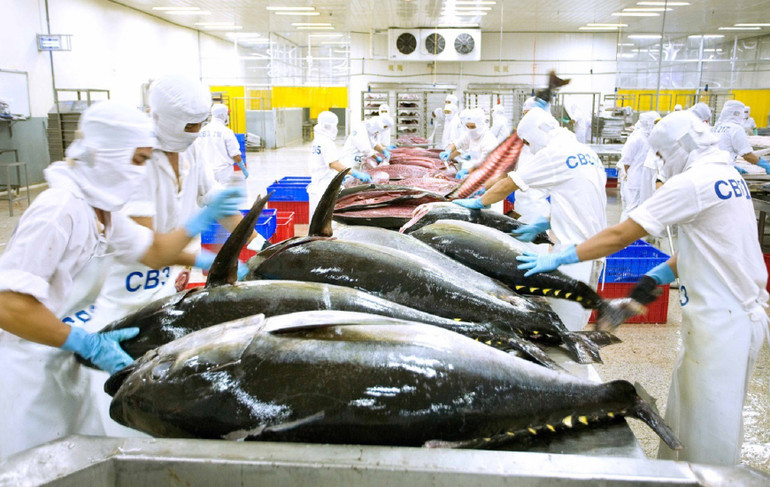
Exports are accelerating, but IUU remains a dark picture.
Despite strong growth, Vietnamese seafood enterprises still have to face barriers from illegal, unreported and unregulated (IUU) fishing, yellow card warnings, major difficulties from the US market including reciprocal taxes, anti-dumping taxes on shrimp, and the ban on imports from January 1, 2026 of seafood species from 12 fishing industries not recognized as equivalent by the US National Oceanic and Atmospheric Administration (NOAA).
The Vietnam Association of Seafood Exporters and Producers warned that without strong measures, 2026 will be a big challenge as tariff and technical barriers could seriously affect Vietnam's seafood exports, especially to the United States.
Firmly maintain the market, propose strategies from businesses
Faced with intertwined opportunities and challenges, the Vietnamese seafood processing and exporting business community has clearly demonstrated a proactive spirit: Taking advantage of trade agreements and the recovery of import demand from major markets, trying to overcome difficulties and achieving the 2025 export target of about 10 billion USD if barriers are effectively removed.
Promote digitalization and transparency in the supply chain, exploitation, landing, purchasing, processing, and exporting, as an important tool to narrow the gap with international requirements. Along with that, prioritize investment in legal fishing port infrastructure, expand the number of recognized ports to ensure that fishing vessels have legal landing places and complete export documents.
Review and improve the legal framework to reduce the situation of “correct but still stuck”, especially in special products and input materials. Diversify export markets to Asia, the Middle East, South America… to reduce dependence on the EU and the US, while taking advantage of new market opportunities.
Trust is built from each legal shipment
The IUU challenge is not just a legal issue, but a reputation issue, if a shipment is rejected due to lack of documents, if a fishing port is not recognized, market share can be affected for a long time. But in each growth figure, in each legal product, in each business strictly complying with international regulations, there is a belief built: Vietnam can not only overcome IUU, but also raise the level of the seafood industry on the world map.
If the Government, ministries, localities and the business community continue to synchronize actions, from policies, laws to implementation and support, the path to the 10-11 billion USD export milestone in 2025 is not just a goal, but a real possibility. And that belief will be reinforced through each product segment, each qualified fishing port, each complete certificate, each transparent traceability information.
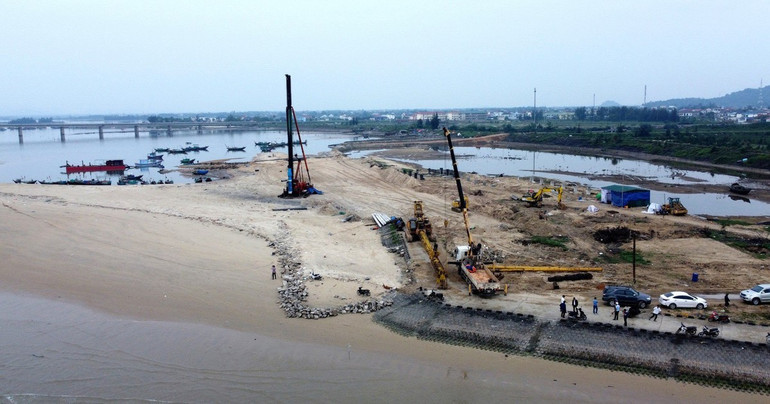
From Government responsibility to business commitment
Speaking at the 14th Session above, Secretary General Nguyen Hoai Nam expressed his gratitude for the close support and companionship of the Government, directly from the Prime Minister, Deputy Prime Minister, leaders of the Ministry of Agriculture and Environment and relevant agencies during the process of efforts to remove the IUU yellow card in recent times.
He emphasized: “We have participated in and followed all 14 meetings of the National Steering Committee and clearly felt the Government’s determination to protect national prestige and support businesses and fishermen. The Prime Minister’s determination and impatience is also our impatience, those who are trying to maintain the market and maintain the trust of international partners.”
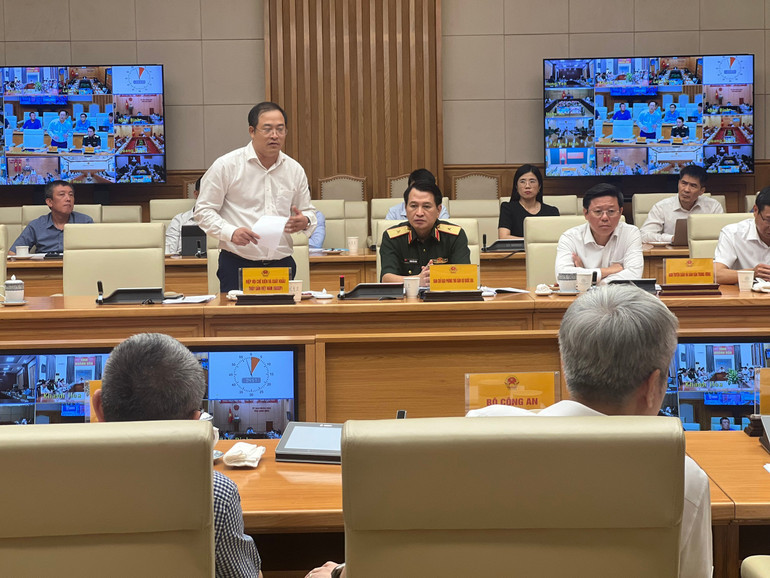
Not just export, but protect the national market
The Vietnamese seafood business community, with the support of VASEP, clearly identified: export is not only a commercial activity but also a political-economic task closely linked to national prestige. Under pressure from large markets such as the European Union (EU) or the United States, when technical barriers and IUU warnings still exist, if the transparency and legality of the supply chain are not quickly improved, the risk of losing the market is completely real.
VASEP commits to closely accompany the Ministry of Agriculture and Environment in controlling the origin of exploitation, transparent traceability, and comprehensive compliance with international regulations.
However, Mr. Nguyen Hoai Nam also frankly pointed out: “If the four shortcomings that the Prime Minister pointed out are not promptly resolved, it will continue to seriously affect export capacity. Many shipments, just because of missing information on a document or invalid arrival at the port, will not be granted S/C or C/C to complete export procedures - causing great damage to businesses and loss of opportunities for the country.”
Three strategic recommendations: Removing bottlenecks – Opening up development space
On behalf of the business community, VASEP Secretary General Nguyen Hoai Nam frankly pointed out the remaining bottlenecks in the IUU control system, and proposed three groups of fundamental solutions, both urgent in the short term and shaping the long-term orientation for Vietnamese seafood to develop steadily, overcome the "yellow card" and reach international standards.
First, accelerate digitalization, the key to transparency and effective control
VASEP expressed its strong agreement with the Ministry of National Defense’s view that digitalization must be considered the backbone of modern fisheries management. In the context of limited human and material resources of localities, switching from “manual management” to a digital platform is the solution to reduce pressure, remove bottlenecks and improve efficiency.
Digitalization not only helps to make the supply chain transparent, from exploitation, landing, purchasing to processing and exporting - but is also an effective tool to "lock" loopholes in law enforcement, minimize fraud, and build solid trust with international partners. This is an important foundation to realize the commitment "not to trade national reputation because of a prolonged IUU yellow card warning".
Second, expand the list of qualified and designated fishing ports, and clear the input bottleneck.
A worrying reality today is that although Vietnam has tens of thousands of fishing vessels, there are currently only 51 designated fishing ports with sufficient legal conditions, resources, and facilities to carry out the task. This creates a bottleneck, like a "bottleneck", causing only a small proportion of exploited seafood to be properly controlled through designated ports, the majority of the rest are through ports and fishing ports that do not meet standards. This "bottleneck" makes it impossible for many fishing vessels, despite complying with regulations, to reach designated ports, leading to goods not being eligible for export.
VASEP highly appreciates and strongly supports the recent recommendations of the leaders of the Ministry of Agriculture and Environment on the need to prioritize investment and upgrading infrastructure and resources of fishing ports in localities to have more qualified and designated fishing ports. This is not only a technical problem, improving the capacity of fisheries but also a key step to complete the fisheries monitoring chain - from the input stage, contributing to ensuring the legality and validity of each shipment in the international market.
Third, perfect the legal framework to avoid the situation of "right becomes wrong"
Since 2017, the legal system related to fisheries management and aquatic resource exploitation has been amended, supplemented and updated, creating a fairly complete legal framework for better fisheries management.
However, in response to the requirements of integration and practical adjustments, many important or urgent issues, when identified or reviewed, have not been amended or supplemented promptly and effectively in specific legal regulations. This has caused negative impacts on the production and business of enterprises and fishermen, or lost good market opportunities for Vietnamese seafood products.
For example, the product of sea shrimp, a specialty of the Southern coastal region that has been in great demand in the EU market, is currently "stranded" and cannot be exported due to the lack of legal guidance related to completing documents according to EU regulations.
Similarly, the issue of inappropriate regulations on “minimum catch size” in Decree 37/2024 makes skipjack tuna and yellowfin tuna caught by fishermen unable to meet the conditions for certification for export. VASEP recommends that the Ministry of Agriculture and Environment coordinate with relevant units to proactively and promptly review, update and perfect the legal framework to ensure compliance with the law, in accordance with international practices and not lose opportunities for businesses.
These three groups of recommendations, digitalization, expansion of designated fishing ports and completion of the legal framework, not only address the immediate situation, but also shape a strategy for developing Vietnam's fisheries in a transparent, sustainable and deeply integrated direction.
Businesses do not stand on the sidelines
At the end of his speech, VASEP General Secretary Nguyen Hoai Nam emphasized: “We – the business community – do not stand aside. We understand that if we cannot maintain the market, we will lose the national brand. Therefore, along with compliance, we proactively fight, make recommendations, accompany and share responsibility with the State, with fishermen, for the future of Vietnamese seafood.”
He expressed his hope that the recommendations from businesses will be accepted by the Government and relevant agencies, considered and implemented synchronously to open up a more solid direction for the seafood industry - a key and strategic export industry - in the process of international integration.
From the IUU “yellow card” to the story of national dignity, from shipments stuck due to lack of documents to lost opportunities in the global market – each link in the value chain carries the responsibility of the whole system. Enterprises cannot stand alone. The government cannot lack a practical voice. And only with a strategy of companionship, coordination, discipline, and transparency, can Vietnam affirm its position in the international seafood market.
Prime Minister's Directive: Strong driving force for the fisheries industry to reach the world level
At the 14th meeting of the National Steering Committee on Combating Illegal, Unreported and Unregulated Fishing on September 23, 2025, Prime Minister Pham Minh Chinh emphasized that, in the context of globalization and increasingly deep international integration, protecting the reputation and market share of Vietnamese seafood is not only the responsibility of the Government but also requires the efforts and initiative of each enterprise and each fisherman.
The head of the Government affirmed that businesses must take the lead in improving transparency and strictly complying with regulations on legal, sustainable and environmentally friendly exploitation, considering this the "golden key" to opening the door to demanding markets such as Europe and the US.
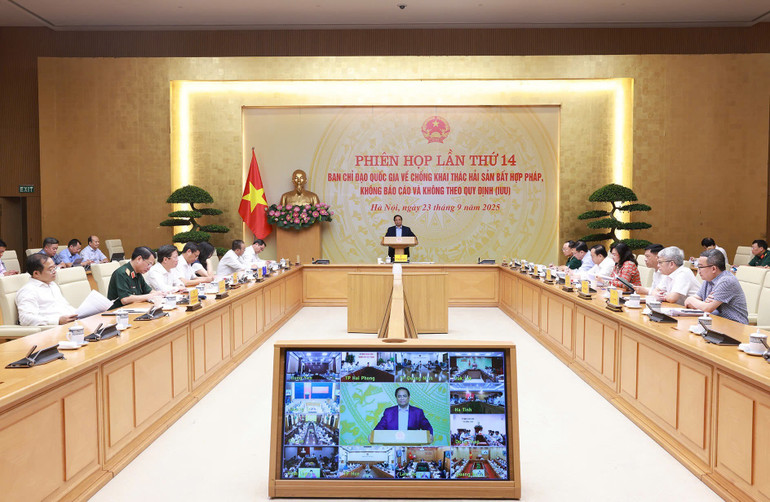
The Prime Minister also directed the Ministry of Agriculture and Environment and relevant sectors to continue perfecting the legal framework, promoting digitalization, and focusing on removing bottlenecks in fishing port infrastructure, in order to create the most favorable conditions for production, control and export of aquatic products. The head of the Government suggested that the business community should promote its role as a bridge connecting closely with fishermen, together building a sustainable and transparent value chain, not allowing "loopholes" to damage national prestige.
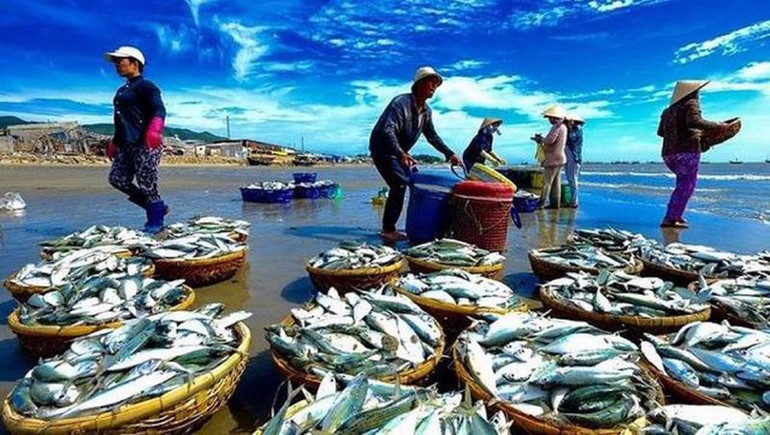
Prime Minister Pham Minh Chinh's instructions have further motivated Vietnamese seafood enterprises to persistently implement solutions, overcome challenges, and contribute to raising the position of the seafood industry on the world map, towards harmonious development between economy, environment and society.
Source: https://nhandan.vn/doanh-nghiep-thuy-san-dong-hanh-cung-chinh-phu-giu-vung-uy-tin-va-thi-truong-xuat-khau-post910684.html








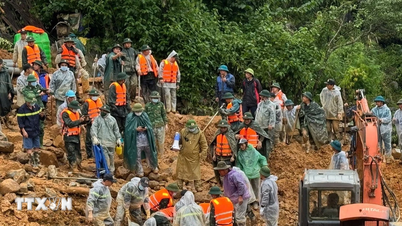

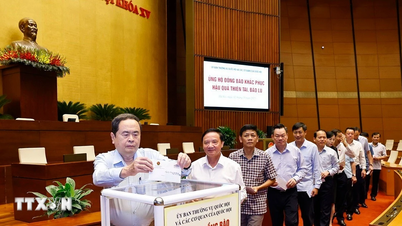
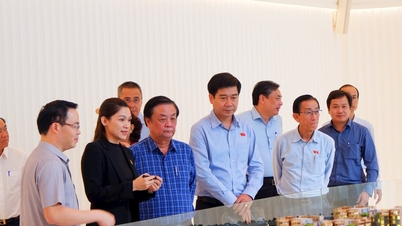



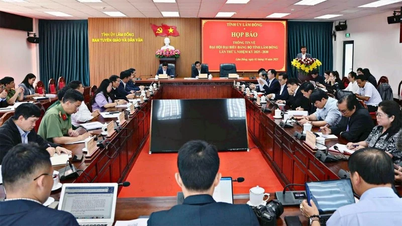
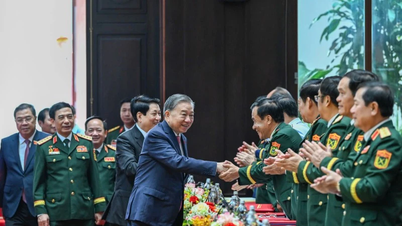







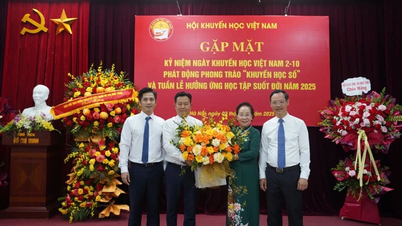
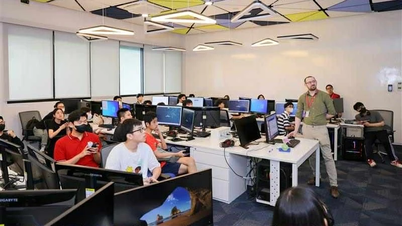
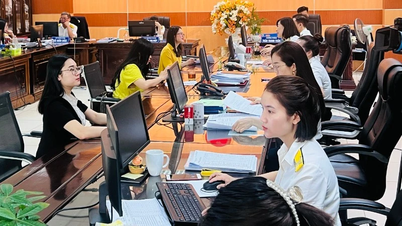




































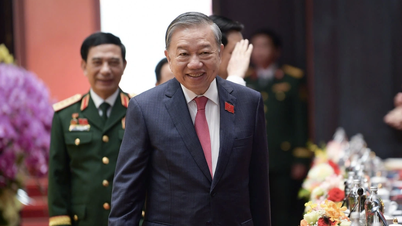









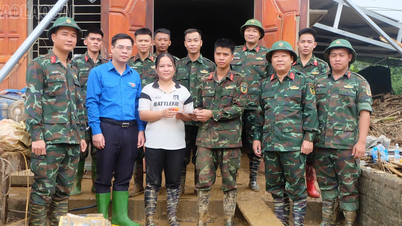



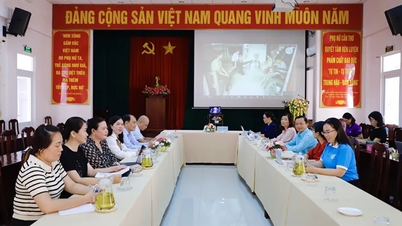

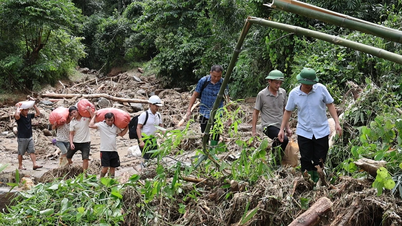
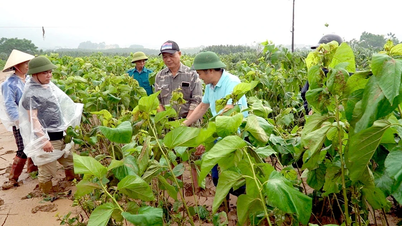












Comment (0)